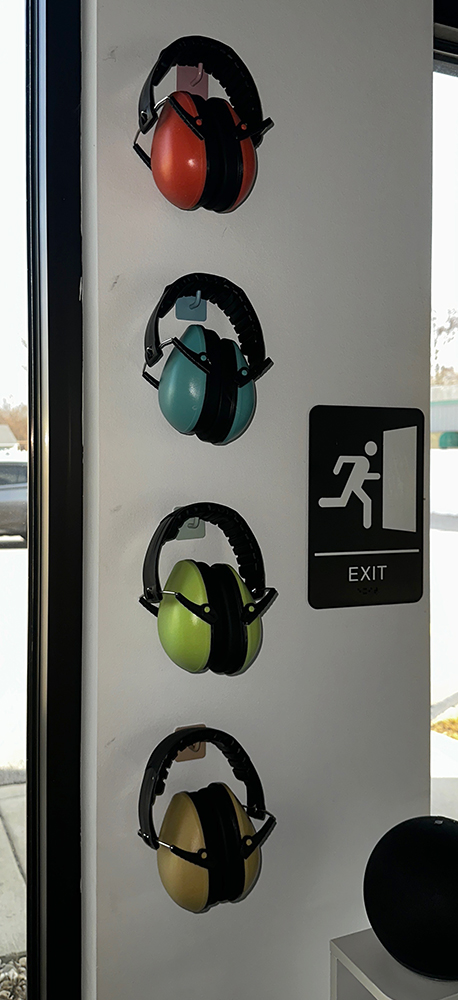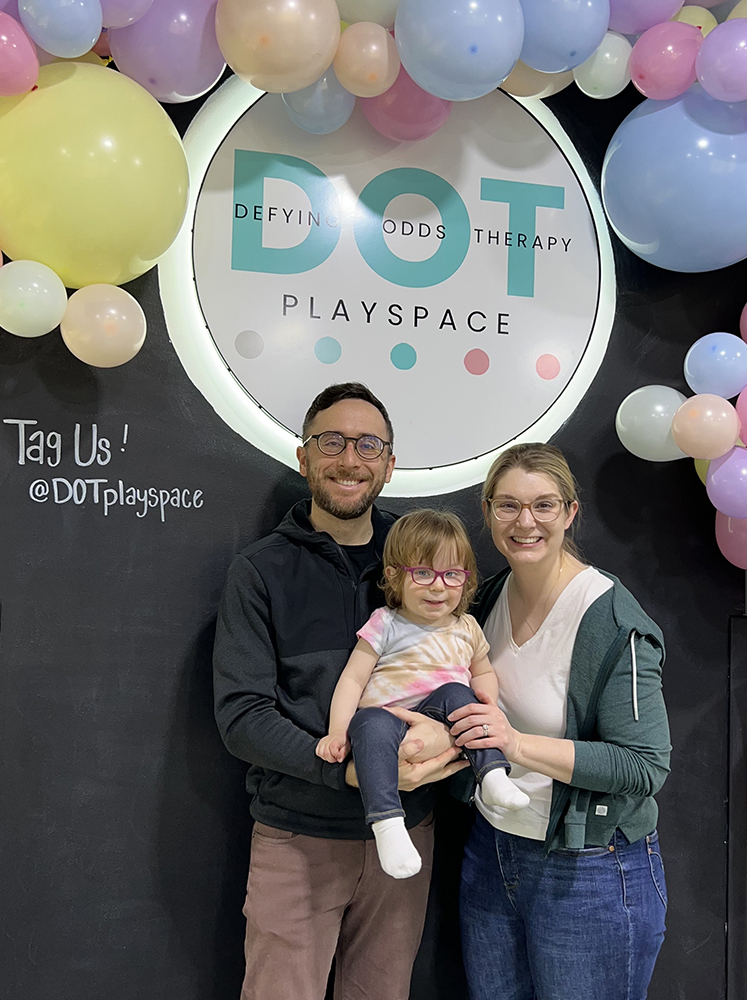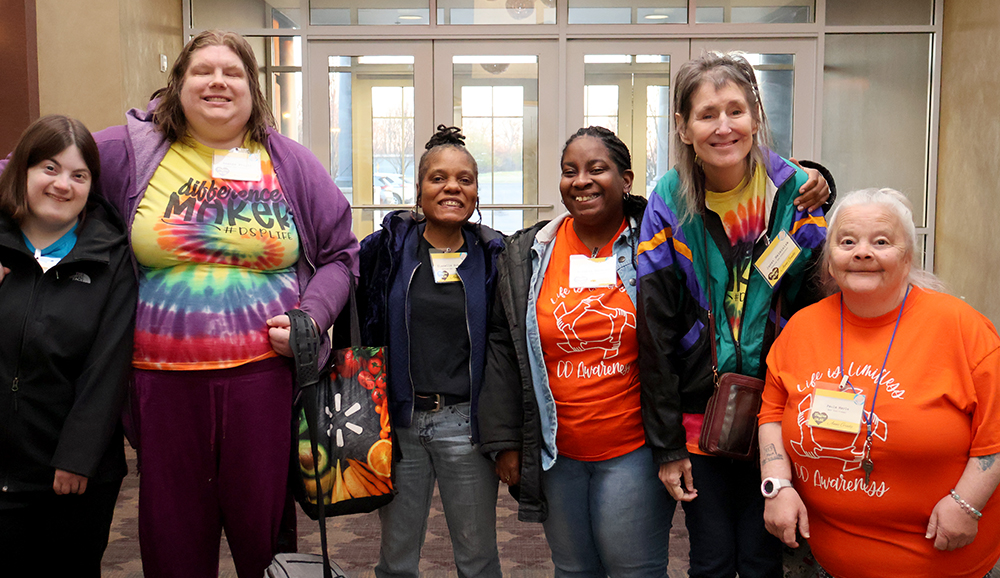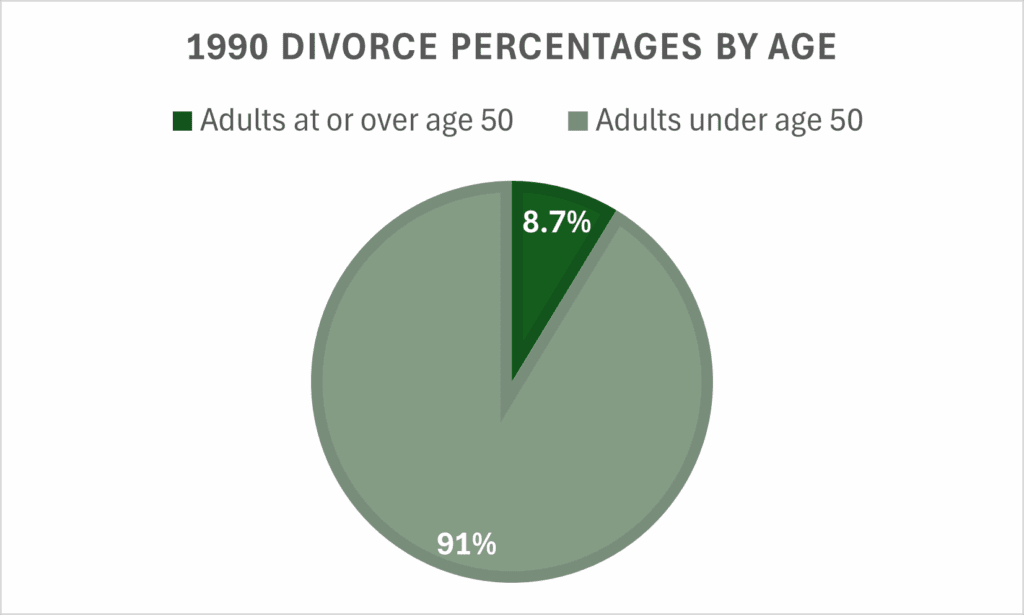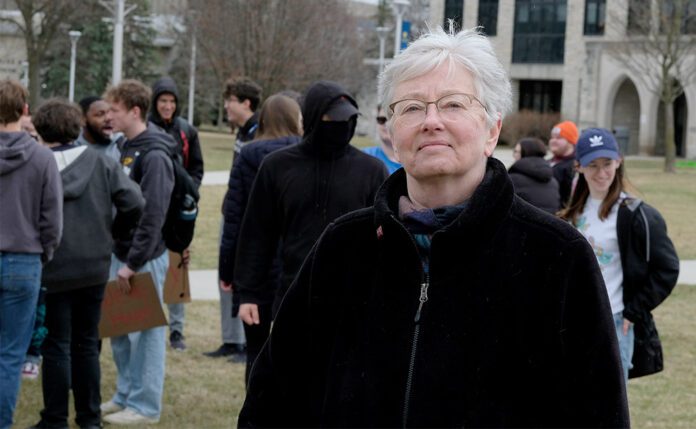Issue 8 won’t raise our tax rate, but it will keep one of the most important institutions in Northwest Ohio, our metroparks system, operating for another 10 years. That’s why I am supporting the Toledo Metroparks’ request for a 1.4-mill, 10-year replacement levy on the May 6 ballot.

The 1.4-mill levy was first approved by voters in 2007 and renewed with overwhelming support in 2017. Throughout those 18 years, Metroparks has collected the tax based on 2007 property values. The replacement levy would be on today’s values, amounting to an increase of $1.60 per month for the owner of a $100,000 home.
One of the reasons I support Issue 8 is that Metroparks has lived within its means despite rising costs and skyrocketing demand from visitors over the last two decades. They have achieved this by bringing home federal grants that would have otherwise gone to other communities to fund their parks and trails.
Since the levy was renewed in 2017, the park system has delivered on its promise to place a clean, safe, natural metropark within five miles of every home in Lucas County. The community has responded, with park visitation increasing a whopping 62 percent in just the last seven years.
Metroparks Toledo is so highly regarded nationally that in 2020 it was named the No. 1 large park system in America by park and recreation trade associations.
We are fortunate to have 19 Metroparks open every day of the year – 7 a.m. until dark – without an admission free. Regional parks provide healthy places to gather and recreate. They beautify our community, enhance our property values and attract tourists who contribute millions of dollars to our local economy.
Quality of life attributes such as parks are not only nice to have, but a must-have today to attract and retain talented young people that local businesses need. That is why the Toledo Regional Chamber of Commerce is among more than two dozen organizations that have endorsed Issue 8.

Even if you never step foot in one of the parks, they are working for you every day, helping to keep our air and water clean, retaining storm water and providing wildlife habitat.
Since Lucas became a county in 1835, we have lost nearly 90 percent of our original woodlands and wetlands. Metroparks preserves just 5.5 percent of the land in the county, protecting the best of what little remains of our natural history for this and future generations.
Think of a Metropark as a park within a preserve. Eighty percent of Metroparks land is maintained as natural areas. Within the 20 percent devoted to parkland, the Metroparks staff has done a masterful job of developing innovative programs and facilities that provide free or low-cost entertainment for families year-round.
More than 100,000 people a year participate in nature walks, summer camps, outdoor skills classes, such as tree climbing and kayaking and special events.
I hope you will join me in supporting Issue 8 because Metroparks support our community in so many ways, every day.












